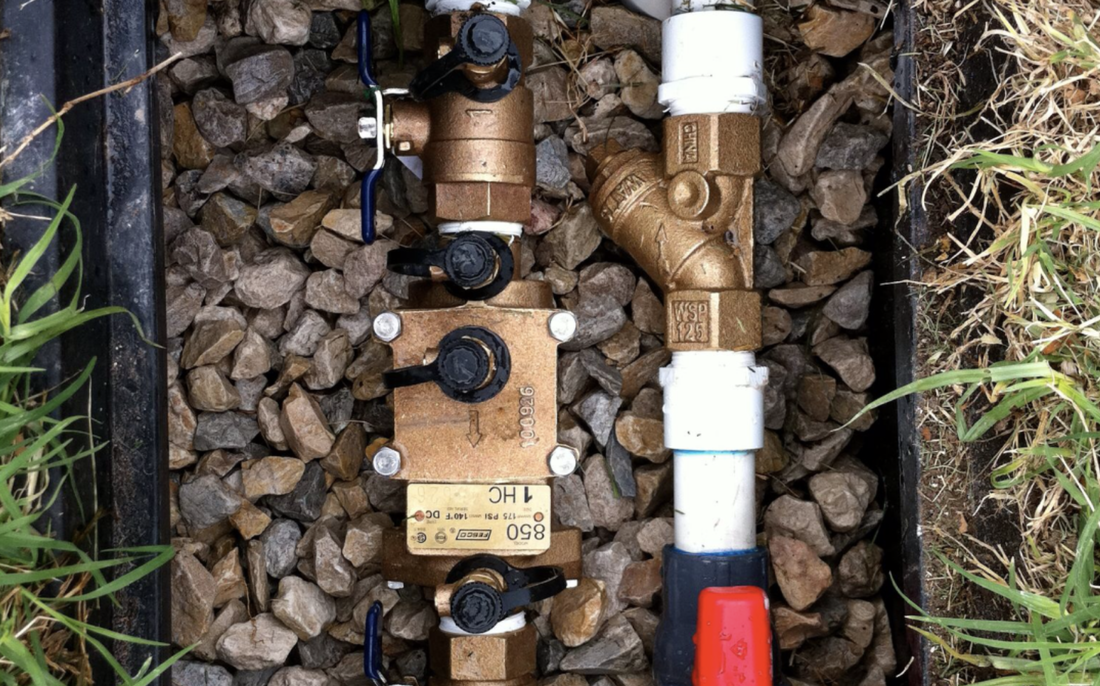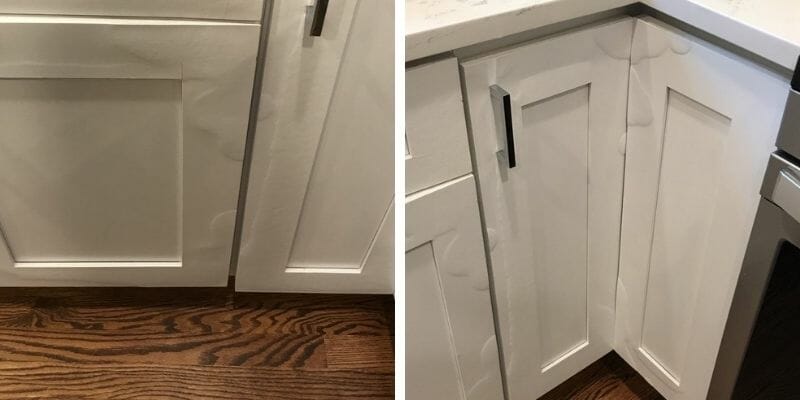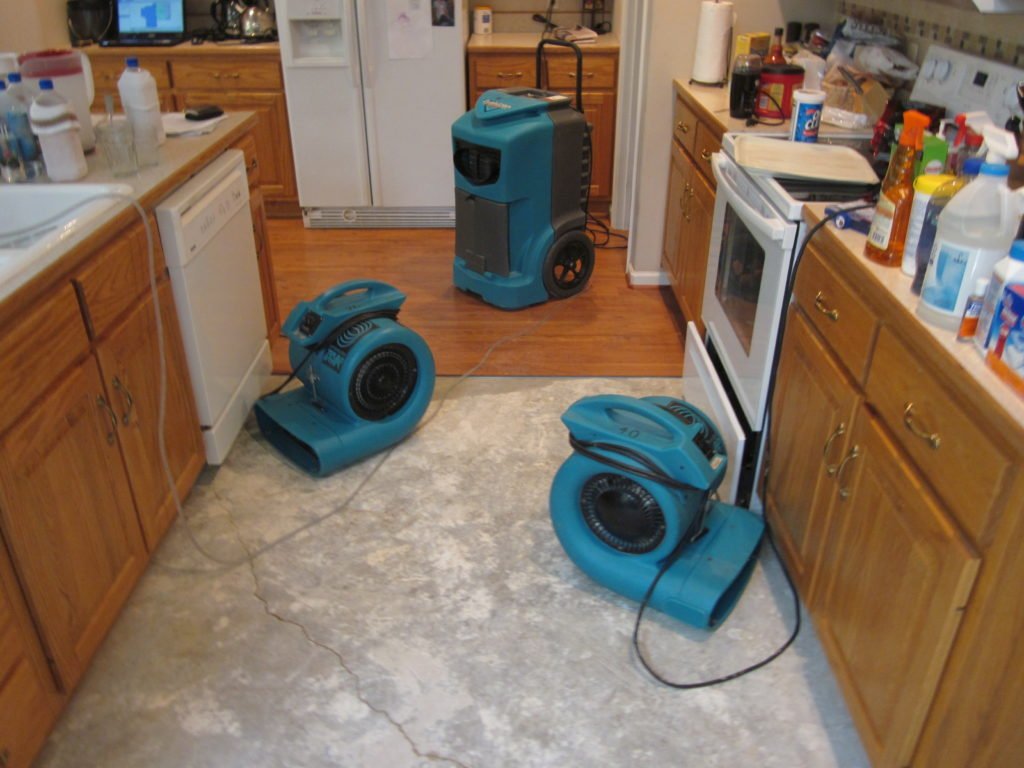They are making a number of good pointers on Backflow Prevention as a whole in this great article in the next paragraphs.

Yes, you require to backflow examination your home's water system to guarantee that the water is devoid of toxins and hazardous degrees of chemicals. You ought to not attempt to perform backflow testing on your own because of the tools needed and also area for mistake. We advise that you call a professional plumber every number of years to examine your water.
Heartburn Can Effect Both You and also Your City
Due to the fact that unsafe backflow can influence the public water supply in addition to a single building, many cities establish backflow standards. Modern-day cities have backflow tools in location that safeguard the water supply that comes from many residences and also industrial properties. The real risk originates from watering systems, which can damage the water supply with poisonous fertilizers, manure, as well as other chemicals.
What Causes Heartburn?
A regular cause of backflow is a loss of water pressure that causes the water to siphon back right into the water supply. After some time, there is a loss in water stress as well as the pipe starts to draw the water back into the water supply. As you can imagine, there are currently chemicals from the paint that are going into the water supply, possibly posturing a risk.
Heartburn Testing is Called For by Legislation in Specific Cities
Depending on where you live, you may actually be called for by law to backflow examination your law. For example, Iowa City keeps a document of all residential properties offered by the city's water. The city needs that particular "high-hazard" centers undertake heartburn screening. In some cases, homes such as houses and also apartment buildings are influenced.
You Can Prevent Heartburn
If you have a professional plumber set up a backflow tool, hazardous heartburn is conveniently preventable. The plumber will also evaluate for heartburn and determine if there is an energetic danger. The major function of a heartburn tool is to prevent water from moving backwards right into your water supply. Plumbing professionals install the tool on the pipelines in your house to make sure that the water only moves in the appropriate instructions.
What is Backflow?
Basically, backflow is when water moves upwards-- the contrary instructions in the plumbing system. This is likewise called "backpressure." When the water relocates this direction, it can combine with hazardous toxic substances as well as position a risk.
Call a Plumber to Test for Heartburn Before It is Too Late
While it may seem grim, infected water can bring about horrible bacterial and viral infections that are hard to deal with. A plumbing company can swiftly test your residence's water to figure out if there are any kind of dangerous chemical levels. If you can prevent the misery that comes from consuming alcohol infected water, the small financial investment is. As well as if you do find that your water has high levels of toxic substances, a plumber can easily set up a backflow prevention device.
Yes, you need to backflow test your house's water supply to guarantee that the water is totally free of toxins and also unsafe degrees of chemicals. Many cities develop heartburn standards because unsafe heartburn can impact the public water supply in enhancement to a solitary building. A common reason of backflow is a loss of water stress that causes the water to siphon back into the water supply. After some time, there is a loss in water stress and also the hose begins to suck the water back into the water supply. The primary objective of a heartburn gadget is to prevent water from moving backwards right into your water supply.
WHY DOES BACKFLOW TESTING NEED TO BE DONE EVERY YEAR
What Is Backflow?
Toxic gas backing up into a building is one example of potential backflow issues, but backflow can occur in many other ways.
Backflow is generally referred to as the reversal of a liquid or gas in a plumbing system.
Most issues for the public occur with backflow resulting in contaminated drinking water. If you look up backflow issues online you’ll probably find references to “potable” water. That means drinking water.
There have been backflow issues in the past with drinking water. Chemicals, sewage and other contaminants have found their way into drinking water causing health issues for those that count on the fresh water.
What Causes Backflow?
In a residence or commercial building water generally flows one way. This normal flow is usually driven by consistent pressure in the water and waste system.
Anything that changes the normal pressure in the system can lead to backflow.
Fire hydrant use or malfunction can reverse the normal pressure in the system on a city line, but backflow can occur in a number of different ways.
Sometimes backpressure might be caused by someone using a garden hose and submerging the end of the hose in a pool of liquid. If pressure is lost the flow could reverse and contaminants could be released into the drinking water.
Anytime there is a connection between contaminants and the drinking water there is potential for a backflow issue. Sometimes these connections are not immediately obvious like the garden hose connecting to a building’s drinking water supply.
Backflow Regulations
The Environmental Protection Agency (EPA) provides guidelines and regulations for state and local governments regarding backflow. State and local governments also have their own guidelines and regulations for backflow prevention.
Arizona has its own backflow regulations.
Due to issues with backflow in the past, regulations require backflow preventer devices to be used in nearly all residential and commercial buildings.
A backflow preventer is a device that prevents backflow as cross-connection points where potential backflow issues may occur.
While backflow is not a common occurrence, preventers are in place to make sure there is no contamination should something malfunction or go wrong with a building’s water supply.

We were made aware of that report about Backflow Assembly Testing from someone on another website. Feel free to take the time to share this entry if you enjoyed reading it. I enjoy reading our article about Backflow Assembly Testing.
Estimate Free

